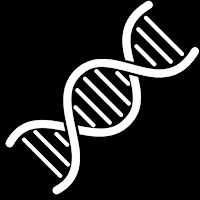Murthy notes that this plan automatically gives priority to high-risk groups. He said, "The plan ensures that people who were fully vaccinated earliest in the vaccination program will be eligible for a booster first. This includes our most vulnerable populations, like our health care providers, nursing home residents and other seniors".
However, this is only true if a September launch date holds across the U.S. That would be eight months from when the highest priority groups got vaccinated originally. By later in the fall, there's a much wider pool of people who are eight months out from their initial shots.
Giving out a third booster should go more smoothly than the initial bumpy vaccine rollout, says Claire Hannan, head of the Association of Immunization Managers, since the vaccine supply is bigger now and lessons have been learned about how to distribute it quickly. She expects there will be fewer mass vaccination sites and more people getting shots from their local pharmacies, workplaces and doctors.
At Cleveland Clinic Community Care in Ohio, Dr. Michelle Medina, associate chief of clinical operations, says they plan to offer booster doses in the places where they currently give out COVID-19 vaccines, including at community health centers, outpatient pharmacies and specialty clinics.
But the timeline and guidance from health officials on J&J boosters has yet to be determined, and may be different.
Note - As the situation surrounding COVID-19 continues to evolve, it's possible that some data have changed since publication. While we are trying to keep our articles as up-to-date as possible, we also encourage readers to stay informed on news and recommendations for their own communities by using the CDC, WHO, and their local public health department as resources.




